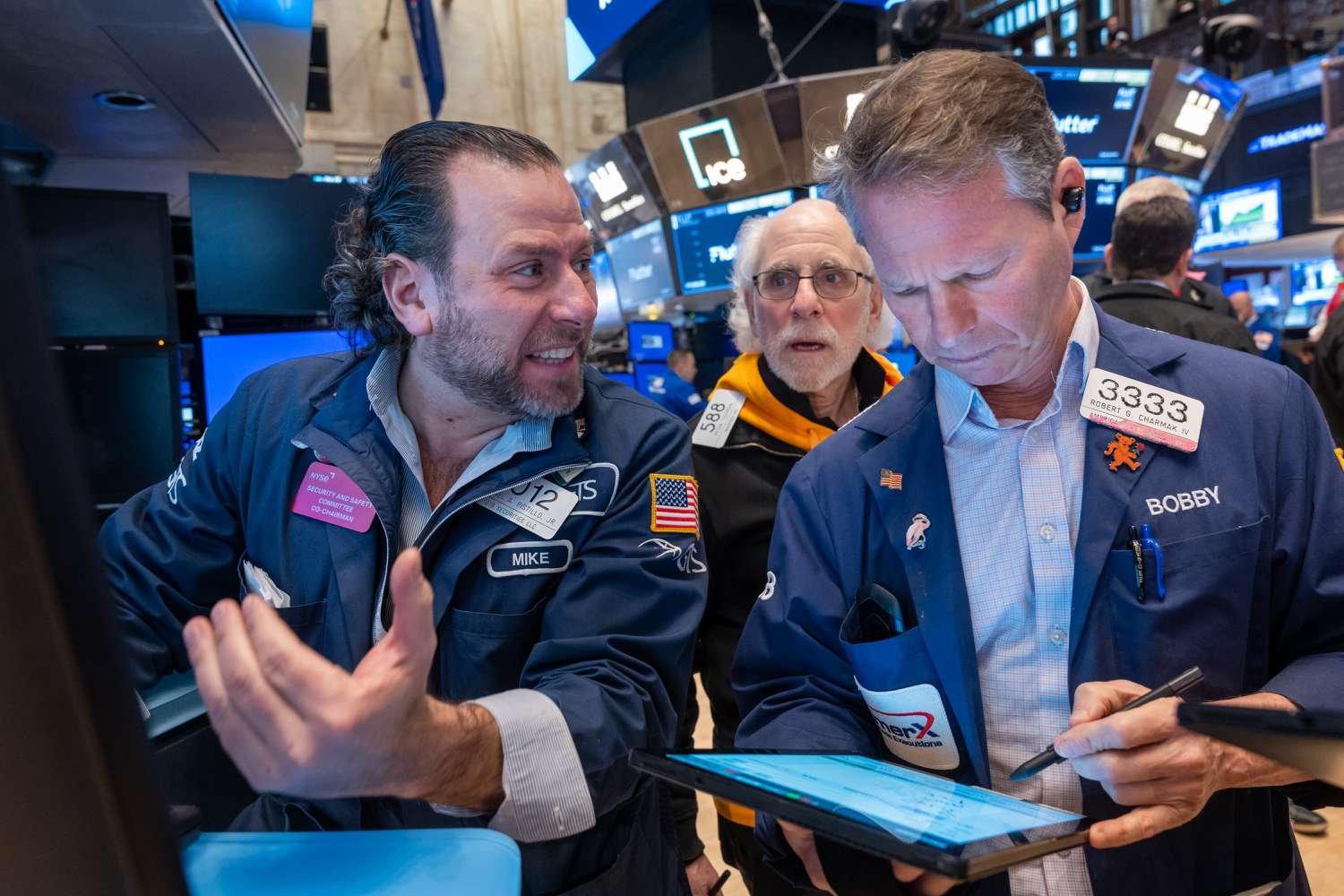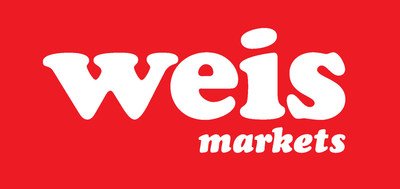If your portfolio were a toolbox, marketable securities would be the versatile multi-tool that can be used in many situations and are right there when you need them. That’s the essence of marketable securities—financial instruments that can be swiftly and easily converted to cash without a significant loss.
From stocks traded on major exchanges to government bonds, marketable securities form the backbone of liquid financial markets. These assets allow investors and companies to park funds in instruments that offer returns while having the flexibility to access cash rapidly when needed.
But what qualifies as a marketable security? How do they function in investment portfolios and corporate balance sheets? This article reviews these readily convertible assets, exploring their types, characteristics, and role in the broader financial system.
Key Takeaways
- Marketable securities are financial instruments that can be quickly converted to cash with minimal effect on their value.
- Examples include publicly traded stocks, bonds, money market instruments, and certain government securities.
- These assets provide liquidity like cash while offering the potential for returns when they’re not immediately needed.
- Marketable securities are considered current assets on a company’s balance sheet because of their high liquidity.
- Investor demand and market conditions drive the ease of buying and selling marketable securities in the secondary markets.
Investopedia
Understanding Marketable Securities
Marketable securities are financial instruments that can be quickly sold. These assets offer a blend of liquidity and potential returns, making them valuable for individual investors and corporate finance managers.
The trademark of marketable securities is how easy they are to convert to cash. Unlike real estate or private company shares, which may take weeks or months to sell, marketable securities can be liquidated within minutes, hours, or, at most, days. This liquidity stems from active secondary markets where buyers and sellers constantly trade these assets.
Common examples include the following:
For corporations, marketable securities serve as a cash management tool. Companies use them to earn returns on excess cash while maintaining the flexibility to quickly access funds when needed. On balance sheets, marketable securities are typically classified as current assets because of their high liquidity.
Fast Fact
Corporate treasurers often use a tiered approach to managing marketable securities. The most liquid assets are for immediate needs, while slightly longer-term securities are used to improve overall portfolio returns without sacrificing too much flexibility.
Marketable Securities and Investor Demand
The liquidity of marketable securities is up to investor demand. When a security is highly desirable—perhaps a company has had a great year, or market sentiment is favorable—its liquidity often increases. This relationship between demand and liquidity creates a virtuous cycle: higher demand leads to more frequent trading, which in turn attracts more market participants.
However, marketability doesn’t equate to profitability. A stock can be quickly sold even in a declining market, though potentially at a loss. The essential characteristic is the ability to quickly convert the asset to cash, not the direction of price movement.
Market conditions can significantly impact the liquidity of securities. During times of market stress, even typically liquid assets may become harder to sell without accepting a substantial discount. This phenomenon, known as a “liquidity crunch,” underscores the importance of understanding the market dynamics of different securities.
Marketable Securities and the Balance Sheet
Marketable securities are crucial in managing liquidity and short-term investments in corporate finance. These assets appear on the balance sheet as current assets because of their high liquidity and the expectation that they can or will be converted to cash within a year.
Where marketable securities go on the balance sheet reflects their importance in a company’s financial strategy:
- Cash and cash equivalents: Includes cash on hand and highly liquid investments with maturities of three months or less
- Marketable securities: Short-term investments that are readily convertible to cash. Typically includes stocks, bonds, and money market instruments
- Accounts receivable: Money owed to the company by customers
- Inventory: Raw materials, work-in-progress, and finished goods
- Prepaid expenses: Expenses paid in advance, such as insurance premiums or rent
- Other current assets: Any other assets expected to be converted to cash within a year
For comparison, here are examples of noncurrent assets:
- Long-term investments
- Property, plant, and equipment
- Intangible assets
- Goodwill
Financial analysts use ratios involving marketable securities to assess a company’s liquidity. For example, the quick ratio, which measures a company’s ability to meet its short-term obligations with its most liquid assets, typically includes marketable securities alongside cash and accounts receivable. (For related reading, see “Common Examples of Marketable Securities“)
The Quick Ratio
The quick ratio, also known as the acid-test ratio, is a liquidity ratio that measures a company’s ability to meet its short-term obligations with its most liquid assets. It’s considered to a stricter measure than the current ratio because it excludes inventories from current assets.
Tip
The higher the quick ratio, the better a company’s liquidity and financial health, but if you’re an investor, you’ll need to look at other metrics to get a better picture of the company’s financial health.
The formula for the quick ratio is as follows:
Quick Ratio = (Cash and Cash Equivalents + Marketable Securities + Accounts Receivable) / Current Liabilities
Unmarketable Securities
Unmarketable securities are assets that often lack a ready secondary market, making them challenging to price and trade quickly.
Common examples of unmarketable securities include the following:
- Certain U.S. savings bonds: While backed by the full faith and credit of the U.S. government, some savings bonds have restrictions on when they can be redeemed without penalty.
- Restricted stock: Shares issued to company insiders or employees that cannot be freely traded for a certain period.
- Private placements: Securities sold directly to private investors rather than through a public offering.
- Some municipal bonds: Particularly those issued by smaller municipalities with limited trading activity.
- Thinly traded over-the-counter stocks: Shares of smaller companies that may only trade a few times a day, if at all.
While unmarketable securities may offer potential benefits such as higher yields or tax advantages, they have significant drawbacks. The lack of liquidity can make it difficult for investors to exit their positions when needed, and the absence of a public market can make it difficult to value them.
For corporate accounting, unmarketable securities are typically classified as long-term investments.
What Is the Current Ratio?
The current ratio is a liquidity ratio that measures a company’s ability to pay short-term obligations or those due within a year. It tells investors and analysts how a company can maximize the current assets on its balance sheet to satisfy its debt and other payables.
What Is the Defensive Interval Ratio (DIR)?
The DIR is a complicated term for a basic idea. It’s a financial metric that indicates the number of days that a company can operate without needing to access noncurrent assets, long-term assets whose full value can’t be obtained within the current accounting year, or other outside financial resources.
In other words, it’s like the corporate equivalent of how long you could live off your paycheck without dipping into your savings.
What Are the Safest Marketable Securities?
The least risky marketable securities are those issued by the U.S. Treasury and other government agencies. They are backed by the full faith and credit of the U.S.
The Bottom Line
Marketable securities sit in the sweet spot between the safety of cash and the return potential of longer-term investments. These readily tradable assets provide liquidity for investors and flexibility for corporate finance managers.
While their ease of sale makes them attractive, it’s important to remember that marketability doesn’t guarantee profitability. As with any investment, understanding the characteristics, risks, and market dynamics of marketable securities is key to using them effectively in a financial strategy.







